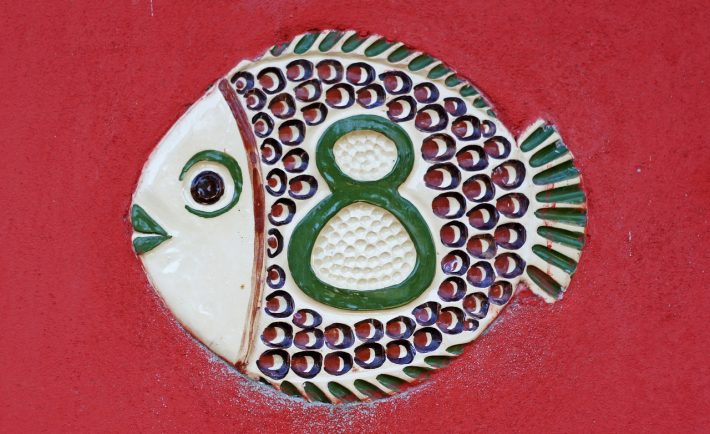As consumers get savvier about insurance, the Do-It-Yourself (‘DIY’) approach of “Buy Term and Invest the Difference” is gradually gaining in popularity. Briefly, it is the combination of buying a term life insurance and investing the “savings” from the lower premiums being paid. This contrasts with Investment-Linked Policy (‘ILP’) which has both life insurance and investment components. An example would be the AIA Pro Achiever which has been designed to include both insurance and investment elements in the most optimal manner. In general, ILP is preferred by consumers who want more exposure to investments than what other life insurance products may be able to provide. Therefore, it will be too foolhardy to dismiss ILP altogether. It definitely still has its merits and exists to benefit certain groups of consumers and situations.
ILP invests in a methodological and structured manner
One of the biggest merits of purchasing an ILP is to have investment professionals take over the actual investing. An example would be Mercer’s partnership with AIA to manage the investments under the AIA Pro Achiever policy. As a leading global investment consultant, Mercer possess the requisite expertise and rigor to manage and grow the investments in a methodological and structured manner.
Furthermore, the premiums collected under the AIA Pro Achiever policy will be fully earmarked for investment right from the start. Expenses for this ILP are also low since no sales charge will be levied. Bid-offer spread is also not applicable. What these imply are that every dollar contributed will have the potential to experience investment growth. Therefore, policyholders can afford more time with their loved ones with the knowledge that their investment portfolios are under the experienced hands of Mercer.
On the other hand, the DIY approach is prone to possible lapses. That is because it is not uncommon for one to juggle multiple roles (eg: the hardworking worker, the responsible parent) simultaneously today. During stressful periods, emotions could go on overdrive while investment may take a backseat instead. As a result, a case of “overwhelming emotions” or “absent-mindedness” could potentially ruin any well-planned investment strategy. However, by buying an ILP, such incidents can be avoided since the investment component has been outsourced to professionals. Regular-premium ILPs also employ a dollar-cost average approach that helps to even out market volatility. Over the long term, it allows the policyholder to fully reap the benefits of staying invested in the market.
ILP is a flexible finance instrument
ILP is a flexible finance instrument that can be catered to investors according to their risk-appetite profiles. For instance, the AIA Pro Achiever policy offers 3 types of portfolios; Adventurous, Balanced or Cautious. This provides a choice for policyholder to select a portfolio that best matches his or her expected returns/risk profile. The flexibility extends further as policyholders are able to switch or rebalance their funds from time to time at no additional fee. This is critical as risk appetites would naturally evolve when certain life milestones are reached.
In addition, AIA provides leeway for policyholders to adjust monthly premiums especially since one’s cashflow could fluctuate from time to time. For instance, during an unexpected windfall or upon receipt of annual bonuses, policyholders have the option of topping up their premiums. Likewise, when liquidity gets tight, policyholders are at liberty to take a premium holiday. Finally, there is always the option of making withdrawals when a critical need or emergency arises.
ILP also serves as a life insurance
Let’s not forget that ILP also doubles up as a life insurance which means that there is a death benefit attached to it. On this, investment-linked policyholders are typically covered up to the policy value or to the amount that they have invested. This offers an extra peace of mind as immediate family members would be able to receive the sum assured in the event of an untimely passing. A noteworthy feature of the AIA Pro Achiever is the additional death benefit payout of 100% total regular premium paid in the event of accidental death during the first 2 policy years.
AIA also recognises that with increased life expectancies, policyholders may prefer to stay invested longer. Therefore, AIA Pro Achiever allows policyholders to stay invested till age 100 (also the policy maturity)! Furthermore, AIA Pro Achiever actively rewards policyholder that stays invested for the long term. Firstly, charges for premium holidays, partial withdrawals etc are waived after the 13th year of paying premiums. Upon reaching this milestone, policyholders are also awarded an extra 5% allocation on their premiums annually. Such loyalty features suggest that the AIA Pro Achiever provides even more value for money for policyholders that stay invested longer.
Get in touch with an AIA appointed representative to find out more about the AIA Pro Achiever today!
Nothing in this article should be construed as constitute or form a recommendation, financial advice, or an offer, invitation or solicitation from Money Digest to buy or subscribe for any securities and/or investment products. Any past performance, projection, forecast or simulation of results is not necessarily indicative of the future or likely performance of any company or investment. The content and materials made available are for informational purposes only and should not be relied on without obtaining the necessary independent financial or other advice in connection therewith before making an investment or other decision as may be appropriate.














